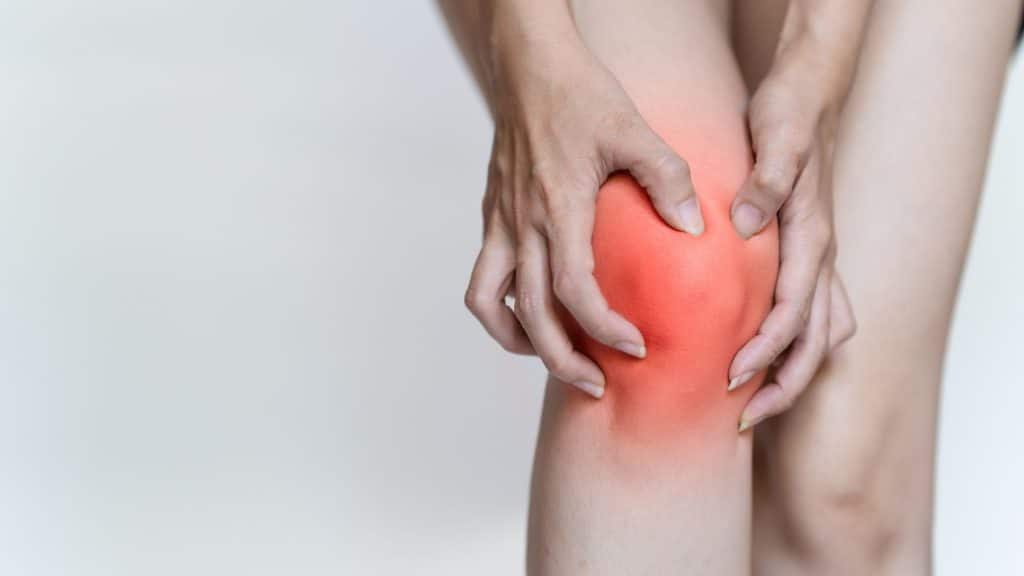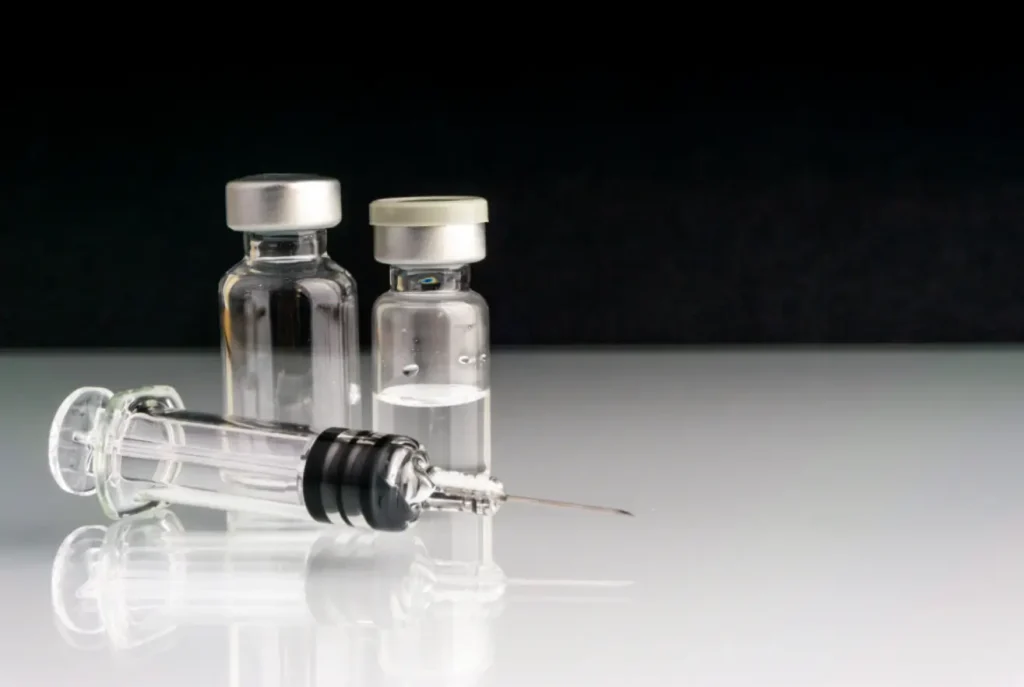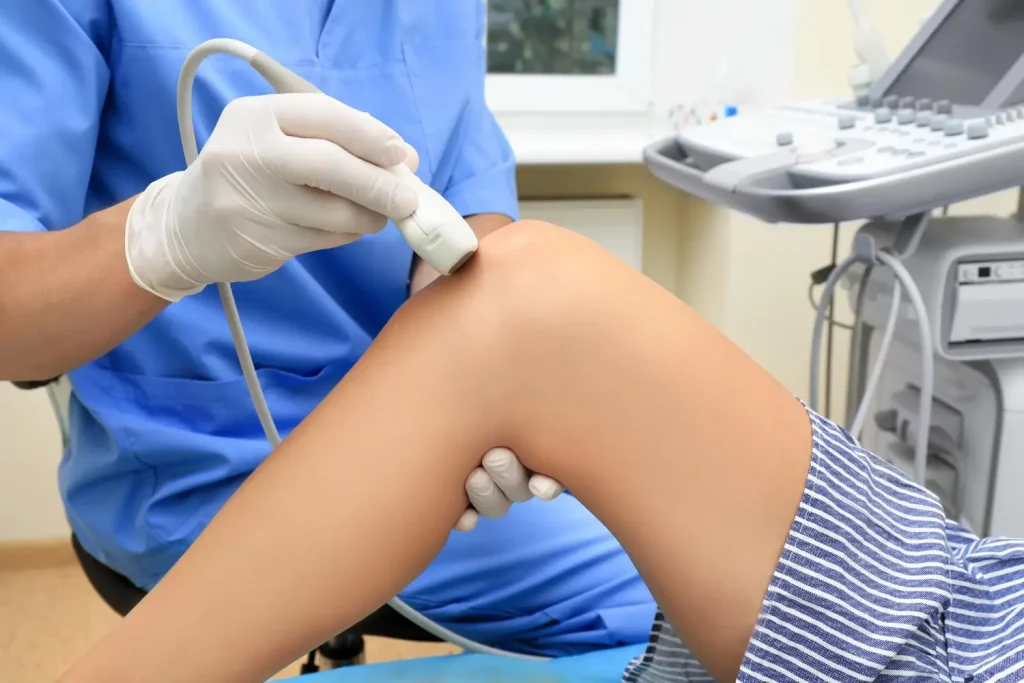Viscosupplementation, a treatment approach for knee osteoarthritis, has garnered significant attention. A systematic review and meta-analysis of randomized trials revealed that viscosupplementation offers modest pain relief compared to a placebo. Proper dosage and frequency of these treatments are critical to optimizing their therapeutic outcomes and patient satisfaction.
Durolane, a single-injection viscosupplement, stands out for its high molecular weight and prolonged duration of action. This innovative approach makes it an attractive option for patients seeking long-term relief with minimal medical visits.
In this article, we will explore the recommended dosage schedule for Durolane, discussing its benefits, administration, and potential side effects.
Key Takeaways
- Durolane is a viscosupplement used for osteoarthritis treatment.
- The recommended single-injection protocol for Durolane offers several benefits supported by clinical evidence.
- The frequency of Durolane injections is influenced by the severity of the osteoarthritis condition and the patient’s response to the initial injection.
- Tailoring the Durolane dosage schedule for individual patients involves careful assessment, monitoring, and adjustment of the treatment regimen.
- Practical tips can optimize the treatment regimen for the best outcomes.
- Recommended Single-Injection Protocol for Durolane
About: Medical Spa RX provides medical practices with premium products at the best prices. If you’re looking to buy Durolane for your practice, the sales representatives at Medical Spa RX can give you guidance.
Recommended Single-Injection Protocol for Durolane

Durolane is given as a single 3mL shot directly into the knee’s synovial capsule. This method, called intra-articular injection, precisely targets the area in need. Doctors use separate syringes to ensure safety and effectiveness for those needing treatment in both knees.
The unique one-time injection protocol of Durolane provides remarkable advantages in managing pain. This method enables patients to experience significant improvement in pain scores at 3 and 6 months, surpassing other hyaluronic acid treatments utilized for the same goal.
Instead of multiple injections, the comfort of a single infusion translates to less distress and fewer visits to healthcare practitioners. Furthermore, Durolane allows patients to experience extended relief from their symptoms. Even when used continuously, the safety profile remains steady.
Studies indicate that a solitary 3mL shot of Durolane into the knee capsule can alleviate pain for as much as 52 weeks. This therapy is secure and beneficial, alleviating both pain and stiffness records. Patients report substantial relief at 26 weeks, with results persisting for an entire year. This technique holds its own against other hyaluronic acid products.
Factors Influencing the Frequency of Durolane Injections

The severity of the osteoarthritis condition plays a significant role in deciding how often a patient needs Durolane injections. Osteoarthritis can vary from mild pain that comes and goes to severe, constant knee pain. Durolane helps patients who do not get better with simple treatments or painkillers. It aims to reduce knee pain for these people.
Patients with more severe osteoarthritis might need Durolane injections more often to keep their knee pain under control. Each person’s experience with osteoarthritis is different, so it is crucial to examine their condition closely before choosing a treatment plan.
People react differently to their first Durolane shot. Some may feel pain or swelling in the joint right away. It’s normal for the injected area to be stiff or sore. Doctors tell patients to take it easy and avoid hard work for 48 hours after getting the shot.
The first Durolane injection offers relief for an average of 466.8 days, less than 15 months. This duration helps patients with knee osteoarthritis by significantly improving pain, physical function, and overall quality of life.
Tailoring the Durolane Dosage Schedule for Individual Patients

Doctors choose Durolane for patients with knee pain from osteoarthritis who haven’t felt better with non-drug treatments or simple pain medicines. First, they ensure the patient doesn’t have infections in the knee or skin problems near where they would get the shot.
Once the appropriate candidates for Durolane treatment are selected, observing their responses to the therapy becomes critical. Modifying the dosage calendar based on patient reactions guarantees superior care.
- Connect with patients post their initial Durolane injection, taking note of any instant Durolane side effects like joint discomfort or inflammation. This assists in identifying early indicators of undesirable reactions requiring attention.
- Record the duration of pain relief from the first injection. Some might find relief for an extended period, while others may require a subsequent dose earlier.
- Consistent follow-ups are essential. Schedule appointments to evaluate osteoarthritis indicators and complete joint health post-Durolane therapy.
- Utilize information from unrestricted-label research and noninferiority trial continuations that corroborate repeated administration of Durolane to inform your judgments on when extra injections could be advantageous.
- Inform your patients about potential experiences during treatment, including possible temporary discomfort and inflammation around the injection site, so they can accurately report these symptoms.
To make the Durolane treatment work best, always check a patient’s health history and ensure they have yet to find relief with other therapies first. This step is vital since Durolane is for those who didn’t get better with the usual treatments.
By following these steps, you help your patients get the most out of their treatment while watching closely for any changes in their symptoms or how well they move around.
Conclusion
Setting up a Durolane dosage schedule is all about getting it right for each person. We start with one shot and see how well it works. Everyone’s knee pain differs, so we watch and change the plan if needed.
Doctors continue to learn to improve treatments for everyone’s knees. This way, people can return to doing what they love without knee pain slowing them down.
FAQs
1. What is Durolane, and how often should it be used?
Durolane is a medical treatment. The dosage schedule typically depends on the severity of your condition. Always follow your doctor’s instructions.
2. Can I adjust my Durolane dosage schedule if symptoms improve?
While you might see improvements, consult your healthcare provider first before changing your dosage. They’ll guide you appropriately based on their professional assessment.
3. Does missing a dose affect the effectiveness of Durolane?
Yes, consistency matters when following a prescribed dosage schedule. If you miss a dose, contact your doctor for guidance right away!
4. Are there any side effects if I take more than the recommended Durolane dose?
Overdosing can indeed lead to side effects… Sticking to the advised schedule and reporting any unusual symptoms immediately is essential.
References
Pereira, T. V., Jüni, P., Saadat, P., Xing, D., Yao, L., Bobos, P., … & da Costa, B. R. (2022). Viscosupplementation for knee osteoarthritis: systematic review and meta-analysis. bmj, 378.
McElheny, K., Toresdahl, B., Ling, D., Mages, K., & Asif, I. (2019). Comparative Effectiveness of Alternative Dosing Regimens of Hyaluronic Acid Injections for Knee Osteoarthritis: A Systematic Review. Sports health, 11(5), 461–466. https://doi.org/10.1177/1941738119861545
Leighton, R., Fitzpatrick, J., Smith, H., Crandall, D., Flannery, C. R., & Conrozier, T. (2018). Systematic clinical evidence review of NASHA (Durolane hyaluronic acid) for treating knee osteoarthritis. Open access rheumatology : research and reviews, 10, 43–54. https://doi.org/10.2147/OARRR.S162127





















